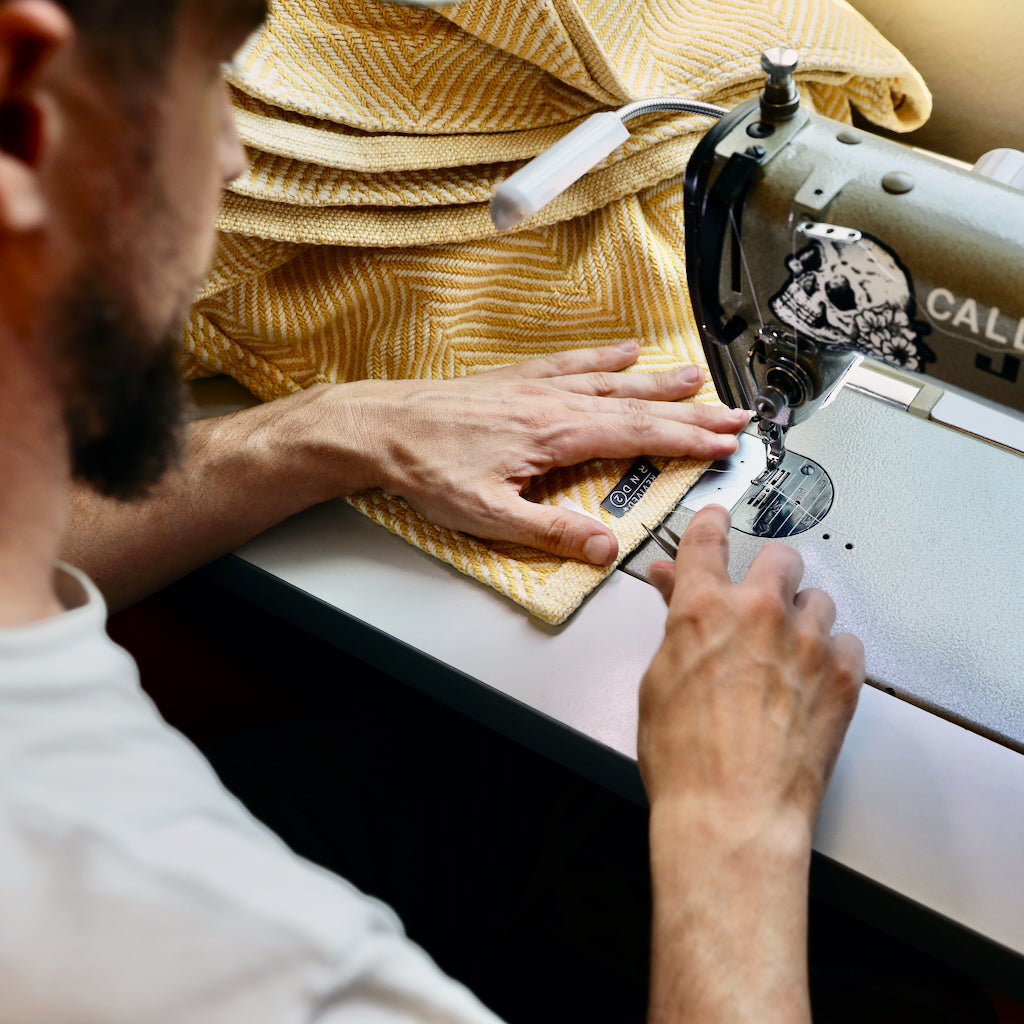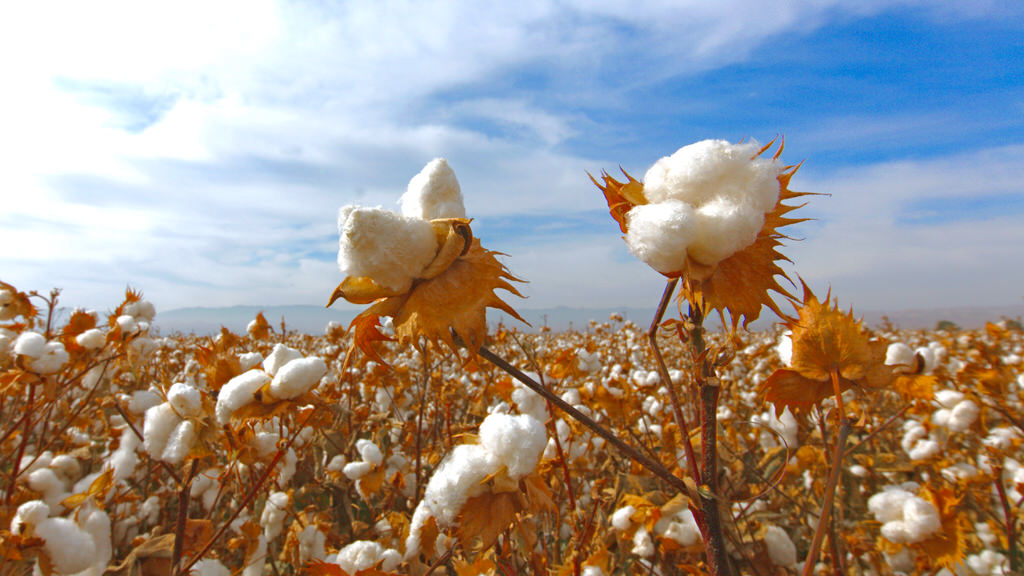We’re all about cotton around here, and for good reason. Breathable, durable, and oh-so cool to the touch, cotton makes for some crisp sheets that we just can’t get enough of.
But what about Pima cotton sheets?
We make our sheets out of Supima cotton (for a lot of really good reasons), but Pima cotton gets a lot of curiosity.
What is Pima Cotton?
Pima cotton is a higher-end type of cotton with a longer fiber than conventional cotton. It has a reputation for producing a smooth fabric that’s soft to the touch, wrinkle-resistant, and ultra-durable.
For those who like numbers, Pima cotton fibers measure between 1.4 to 2 inches in length, while conventional cotton fibers measure up to 1.1 inches long. Pima cotton fabric comes out softer and more durable than if it were made from a shorter staple cotton.
Manufacturers say that Pima cotton has a 50% longer life expectancy than other cotton products. It’s also great for people who have sensitive skin!

Where is Pima Cotton Grown?
Pima cotton is primarily grown in three different areas:
- The southwestern regions of the United States
- Australia
- Peru
Pima cotton originated in Peru, but it gained its name after the Pima Indians, who helped raise the cotton in the United States.
Myth Bust: High Thread Count ≠ Better Quality
How to Spot Pima Cotton
Unfortunately, the biggest problem with Pima cotton isn’t its quality, it’s that the market has been saturated with a TON of fakes. Similar to the issues with Egyptian cotton (90% of Egyptian cotton is fake), there are many instances in which manufacturers are saying something is Pima cotton, when in reality it’s maybe a 20% Pima cotton blend.
You pay a premium price, and you get the short end of the stick — Pima cotton sheets that aren’t really Pima cotton sheets.
Why We Love Supima
These issues with quality control in Pima cotton sheets are EXACTLY why we love Supima cotton. Supima cotton has a similar quality to Pima cotton, if not better, but it actually gets verified by a third party.
What’s even better is that all Supima cotton is grown right here in the US and verified by the Supima Association. This insanely luxe cotton produces a fiber that’s just as soft and durable as Pima cotton, but with no fillers allowed. Supima cotton sheets are crisp, cool, and the most luxe on the market.
The result? You get awesome sheets, with none of the finger-crossing, hoping and praying.

Supima Cotton
Benefits:
- Verified authentic by the Supima® Association
- Makes insanely soft and cool sheets
- Grown ONLY in America
- Consistent quality
- The softest and most durable cotton available
Disadvantage:
- More expensive than Egyptian cotton
Egyptian Cotton
Benefits:
- Very soft and durable (if it’s the real thing)
- Smoother than cheaper sheets
- Good quality (again, if you're getting the real thing)
Disadvantages:
- 90% of Egyptian Cotton is fake
- Grown in China or India more than Egypt
- Expensive for cotton of questionable origin
- You’re paying for the label, not necessarily quality
Pima Cotton
Benefits:
- Very soft and durable
- Smoother than cheaper sheets
- Generally good quality and often grown in USA
Disadvantages:
- May be grown abroad
- Not monitored by 3rd party organizations
- Not as smooth as Supima cotton
- May be blended with cheaper cotton










3 comments
Stin Kebohlz
Please be sure you’re sourcing your cotton from reliable companies. And, that those buying it are absolutely sure that it was not harvested using unscrupulous methods.
Fran Berge
I have become aware that cotton produced in Uzbekistan and Turmenistan is produced with forced (essentially slave) labor. LL Bean’s advertising suggests that it does not source cotton from either of these countries. Why not contribute the company’s name to cottoncampaign.org’s list of companies which state that they are not buying from and don’t intend to buy from countries with such practices? Please consider this. THANK YOU!
Kristin
Pima was developed in the USA. The Peruvian government encouraged Peruvians to plant it. I feel sorry for Peruvian farmers they can’t compete with Supima.
Leave a comment
This site is protected by hCaptcha and the hCaptcha Privacy Policy and Terms of Service apply.